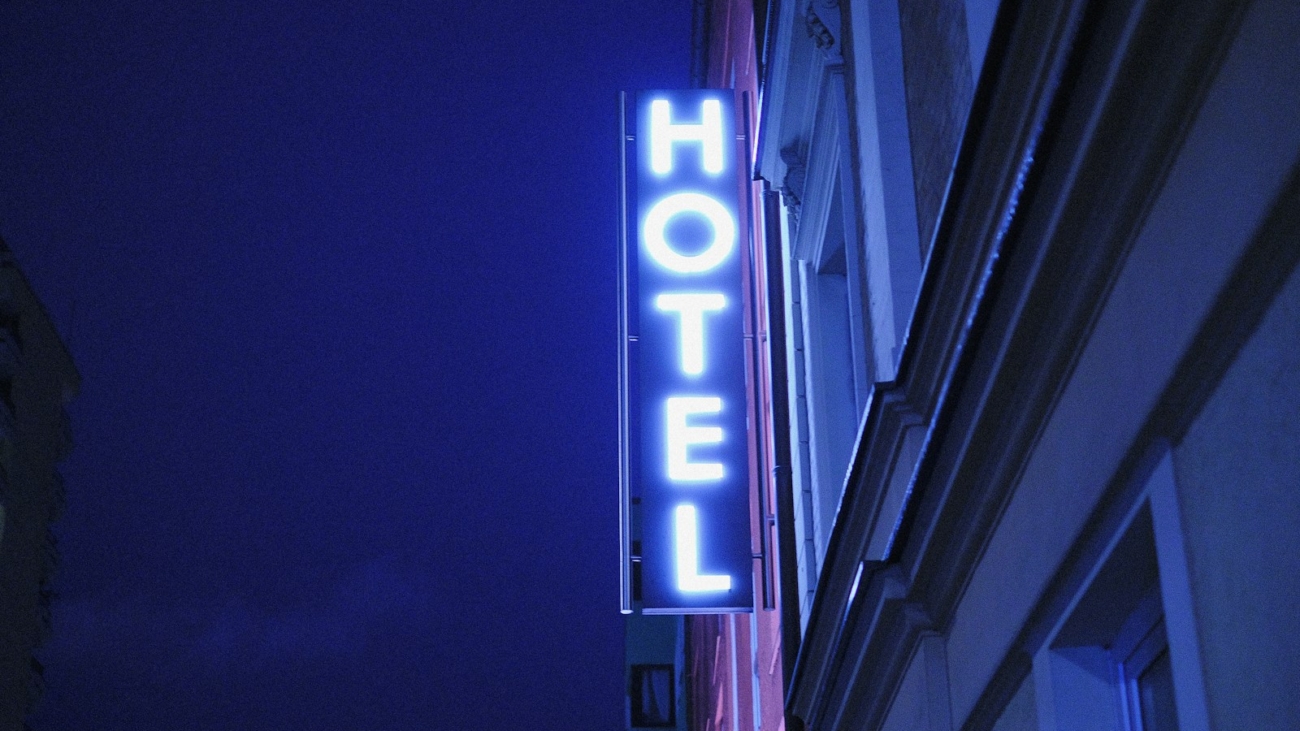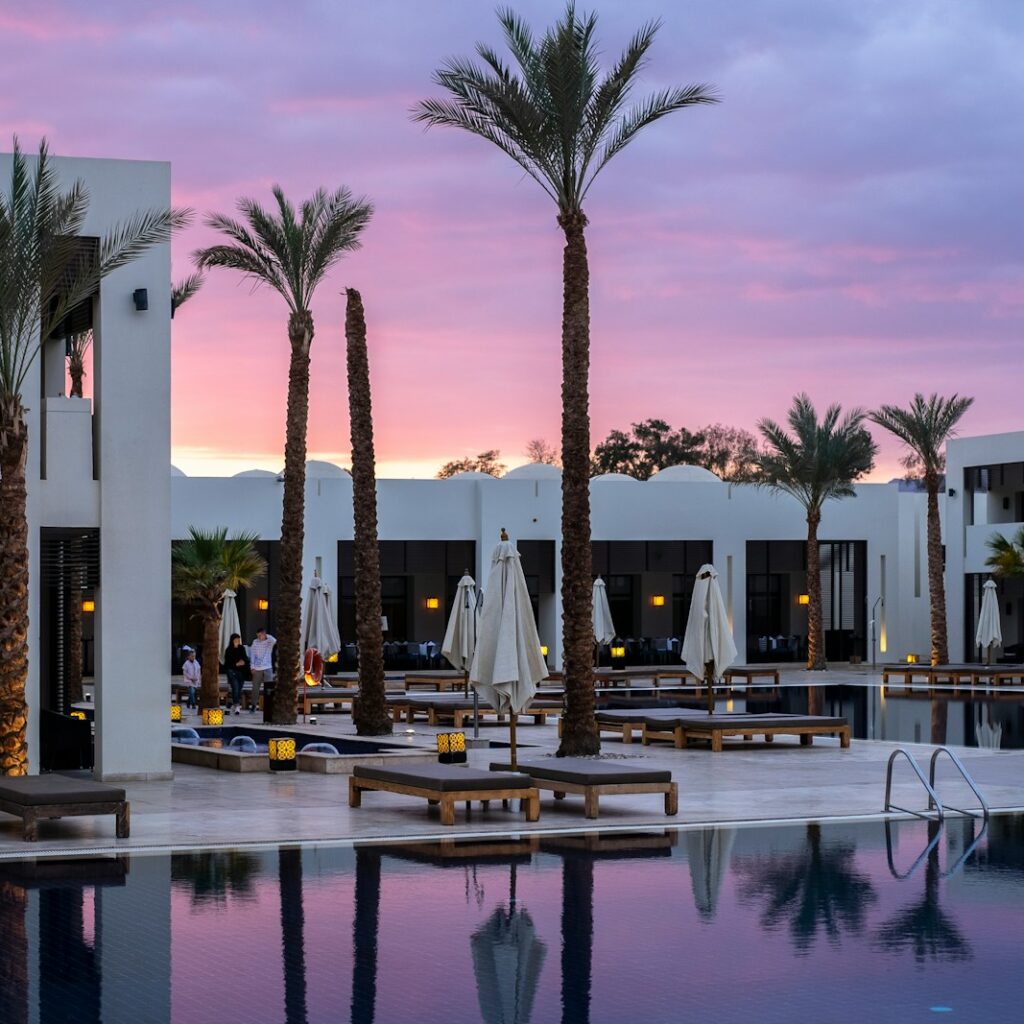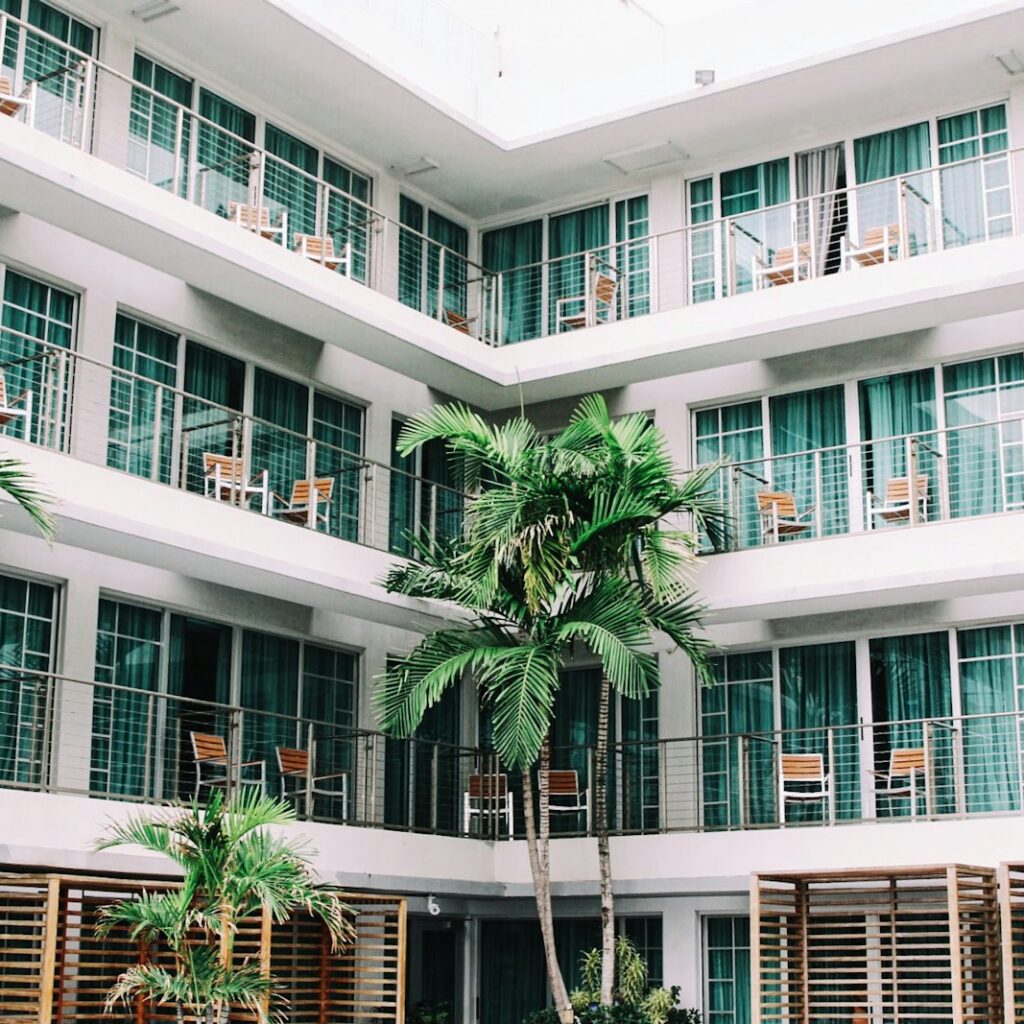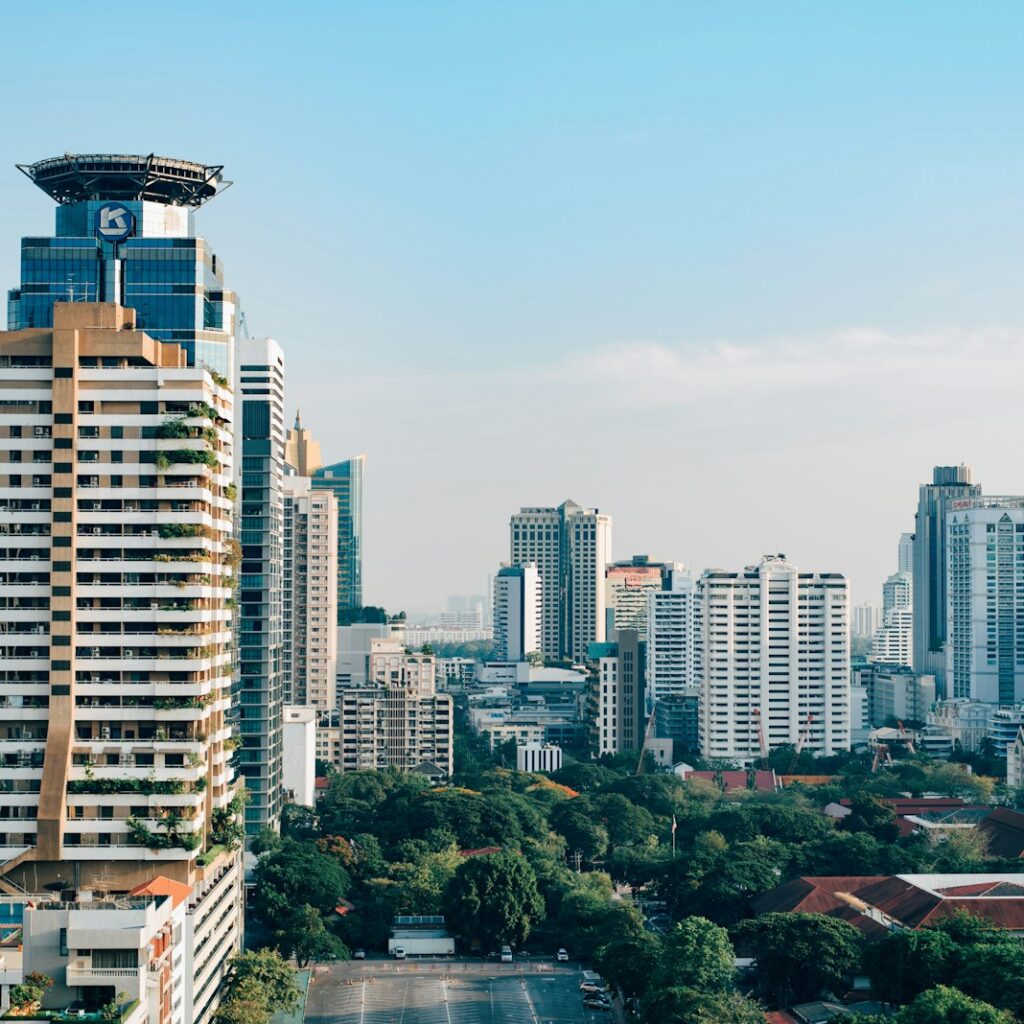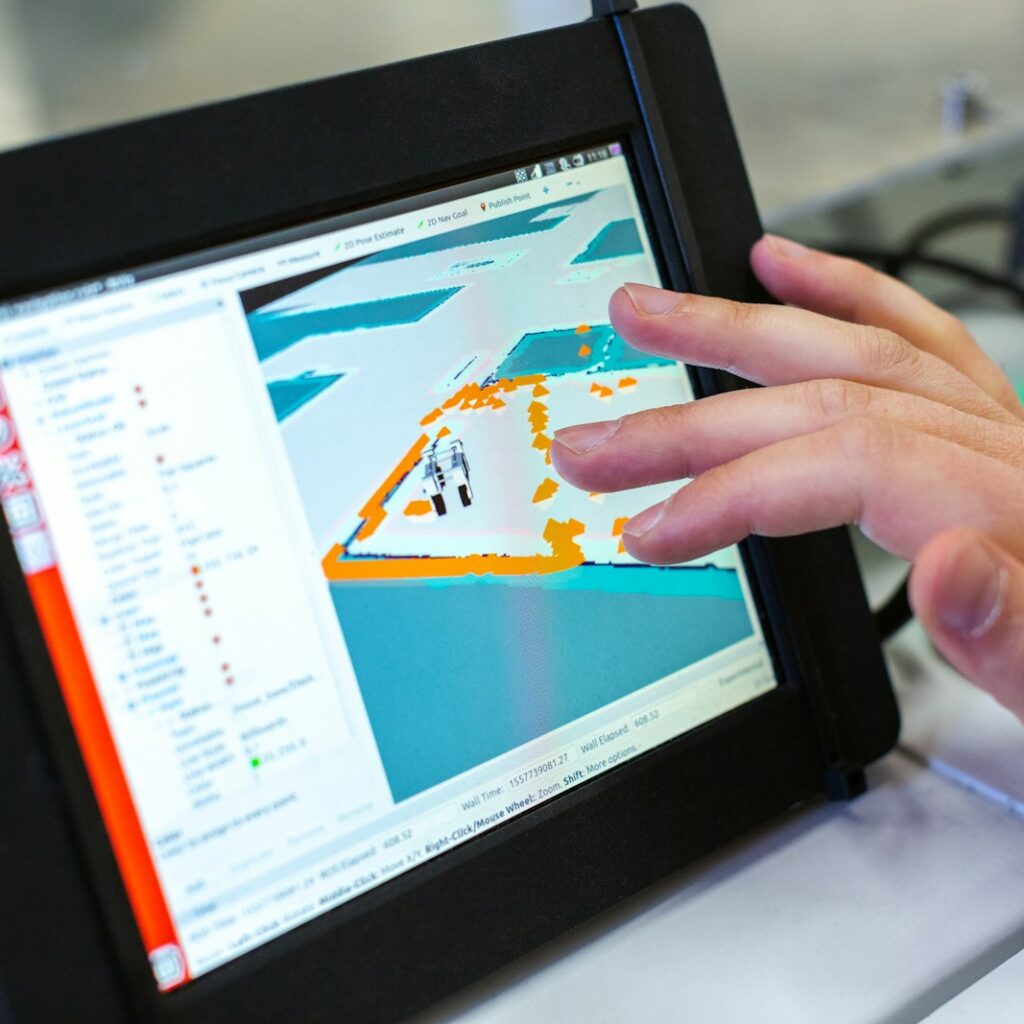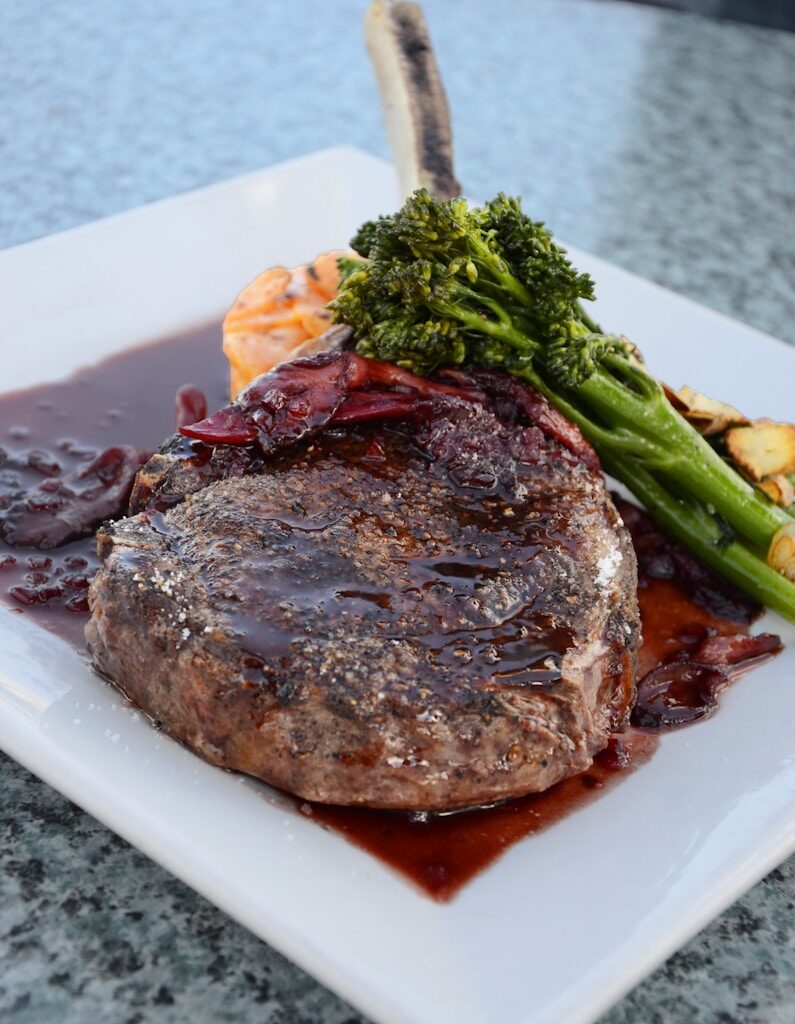In an increasingly competitive hospitality industry, independent hotels are constantly looking for ways to optimize revenue, attract more guests, and stay ahead of both large hotel chains and online travel agents (OTAs). One of the most effective strategies for achieving these goals is revenue management.
Revenue management is the practice of using data-driven insights, pricing strategies, and inventory control to maximize the profitability of hotel rooms. While large hotel chains have dedicated teams and advanced technologies for revenue management, independent hotels—whether located in bustling Indian cities like Delhi, tourist hotspots like Goa, or popular international destinations—can also benefit from these strategies to boost their financial performance.
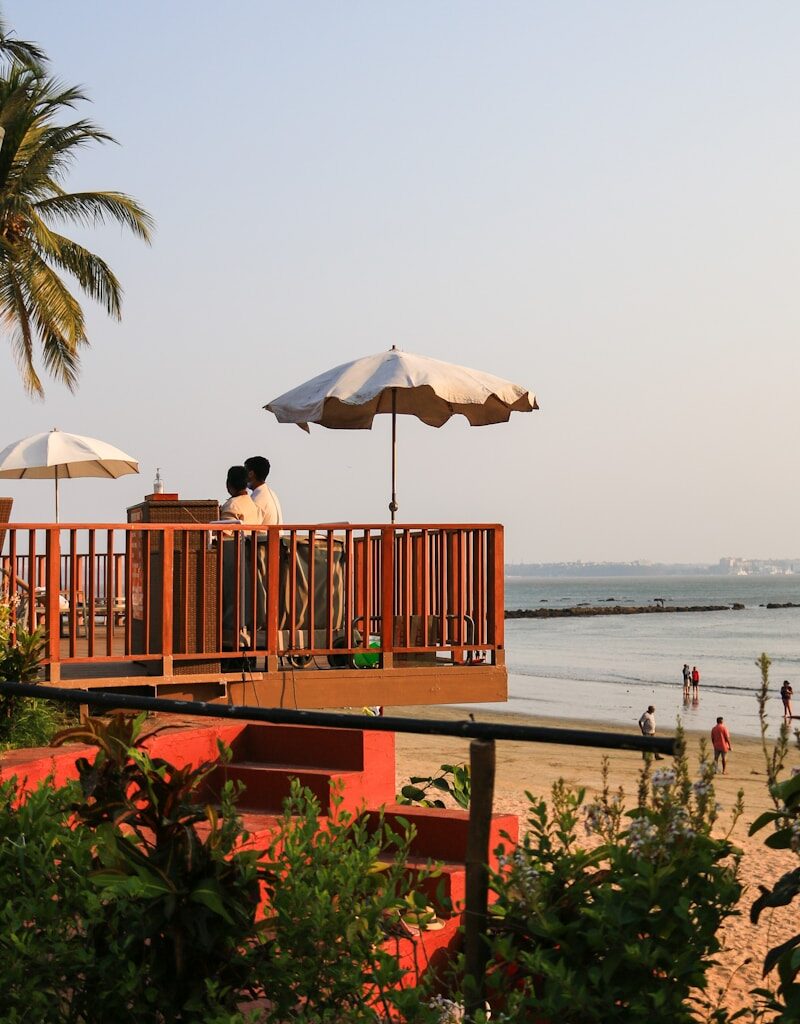
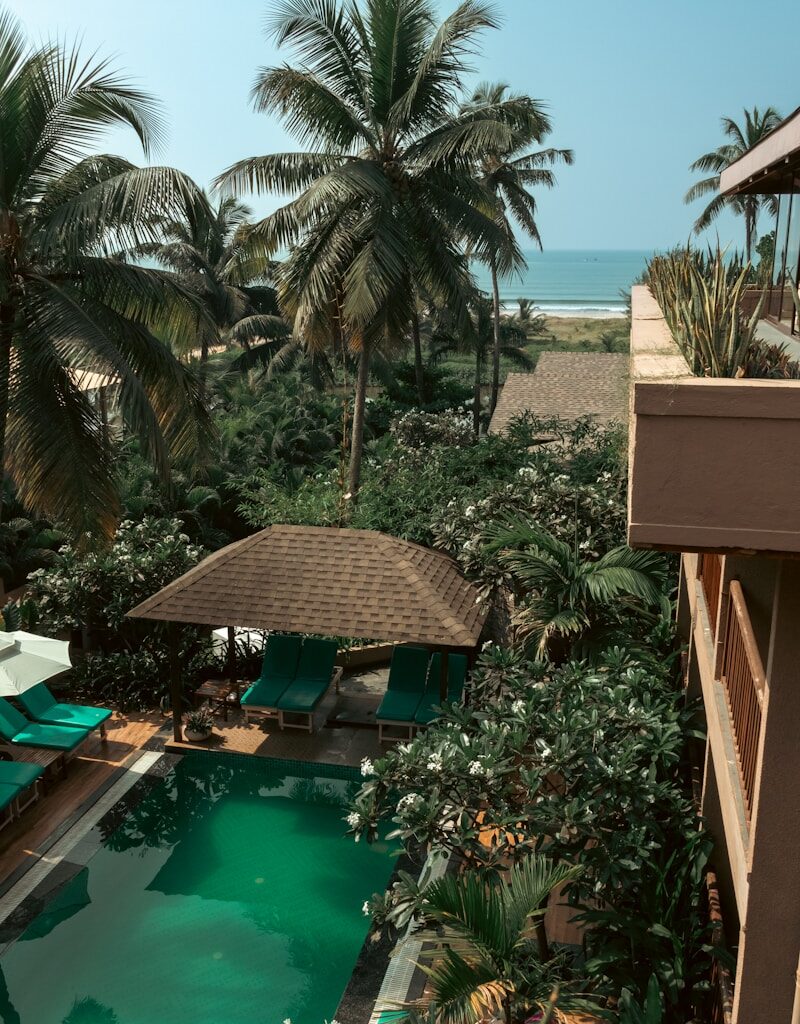
1. Maximized Revenue and Profitability
One of the most significant advantages of revenue management is its ability to increase a hotel’s profitability. Independent hotels often operate with lower overheads compared to large chains, meaning small increases in room rates or occupancy can have a significant impact on the bottom line.
- Dynamic Pricing: By using real-time data and demand forecasts, independent hotels can adjust room prices dynamically to capture the best possible rates during high-demand periods. For instance, a small boutique hotel in Jaipur can raise prices during the Diwali festival or push rates higher during peak tourist seasons.
- Minimizing Underselling: Without revenue management, hotels may unknowingly undersell rooms by offering the same rate year-round, regardless of demand. By implementing dynamic pricing, independent hotels can adjust rates based on external factors like local events, holidays, or international travel trends, ensuring they never leave money on the table.
2. Increased Occupancy and Better Inventory Management
Effective revenue management helps independent hotels optimize occupancy by forecasting demand and ensuring the right room is available at the right time. By analyzing historical booking data, market trends, and competitor behavior, independent hotels can predict peak periods and make informed decisions about inventory allocation.
- Overbooking Strategy: During times of high demand, hotels can strategically overbook rooms (based on historical no-show or cancellation rates) to ensure maximum occupancy.
- Room Allocation: Revenue management also involves deciding how to allocate rooms between different distribution channels (e.g., OTAs, direct website bookings, walk-ins). For example, during high-demand periods, hotels may allocate premium rooms (such as suites or ocean-view rooms) to direct bookers, which often bring in higher margins.
3. Better Competitor Benchmarking
With revenue management, independent hotels can closely monitor competitor pricing and occupancy rates. This allows them to stay competitive and adjust their own pricing strategies accordingly. For example, if a competitor in Kochi raises prices during a peak travel period, an independent hotel can also increase rates—but only if the forecasted demand justifies it.
Tools like RevPAR analysis (Revenue per Available Room) and ADR tracking (Average Daily Rate) provide insights into how a hotel is performing compared to its competitors, allowing independent properties to adjust their strategies in real-time.
4. Enhanced Customer Segmentation and Targeting
Revenue management helps independent hotels segment their customer base and offer personalized pricing for different types of guests. This can result in more direct bookings (reducing dependency on OTAs) and an improved guest experience.
- Loyalty Programs: Independent hotels can offer special deals for repeat guests, such as discounts on future stays or exclusive perks for booking directly through the hotel’s website.
- Targeted Promotions: For example, a resort in Goa can offer promotions to Indian families during school holidays, while offering discounted rates to international backpackers during off-peak months.
By using customer segmentation to understand the preferences and behaviors of different guest types, independent hotels can make smarter pricing decisions that drive both revenue and guest satisfaction.


Key Challenges of Revenue Management for Independent Hotels
While revenue management can significantly boost profitability, independent hotels often face unique challenges that make it harder to implement these strategies effectively.
1. Lack of Resources and Expertise
Independent hotels typically operate with smaller teams and fewer resources compared to large hotel chains, which may make implementing revenue management practices more difficult. Many independent properties lack dedicated revenue managers, sophisticated Revenue Management Systems (RMS), or the necessary data analysis tools.
Solution: For independent hotels, the key to overcoming this challenge is investing in affordable revenue management tools that offer automated price adjustments, data analysis, and performance tracking. Tools like RoomRaccoon, Revenue Management Software (RMS), or even cloud-based solutions can help hotels with fewer resources implement revenue management strategies efficiently.
2. Over-Reliance on OTAs
Independent hotels often struggle with high commission fees charged by online travel agents (OTAs) like Booking.com, Expedia, or Airbnb. While OTAs provide valuable exposure to a global audience, they also take significant commission cuts, which can eat into a hotel’s profits.
Solution: To reduce OTA dependency, independent hotels can use revenue management to drive more direct bookings by offering exclusive discounts or incentives for guests who book through the hotel’s website. Best Rate Guarantees, free amenities, or early check-in privileges can encourage guests to bypass OTAs and book directly.
3. Seasonality and Market Fluctuations
In many regions, demand fluctuates drastically depending on the season. For instance, Indian beach resorts may see a spike in demand during the winter months, while urban hotels might experience a slowdown during summer. Additionally, factors like local festivals, conferences, or even political instability can impact travel patterns, making demand forecasting more challenging.
Solution: Independent hotels must use demand forecasting to anticipate these fluctuations and adjust pricing accordingly. Historical data, local events calendars, and market insights can help identify trends and plan for high- and low-demand periods.


4. Technology Adoption and Integration
The wide range of tools and technologies available for revenue management can be overwhelming, especially for independent hotels that are not tech-savvy. Additionally, integrating new systems with existing booking platforms and Property Management Systems (PMS) can be a complex process.
Solution: To avoid technological overwhelm, independent hotels should start with user-friendly revenue management tools that are compatible with their existing systems. Cloud-based tools like RoomRaccoon and IDeaS are designed to integrate seamlessly with most PMS and booking engines, allowing hotels to optimize pricing, inventory, and distribution with minimal effort.


